(August 1, 2024) Running to stay fit has held Murthy R K, in good stead personally and professionally. The accomplished Indian marathoner, Murthy has completed over 50 marathons, 75 half marathons, and 100 five to ten-kilometer races, including the Boston Marathon, the New York City Marathon, London Marathon and Berlin Marathon. He has his eyes trained on Tokyo now, and once he completes it, will be one of only around 200 Indians to have attempted all of the world’s top six marathons. He has also represented India in the Asian and World Masters Athletics Championships.
“I have always been an avid runner, representing my educational institutions at the state and national levels and winning awards,” he tells Global Indian. He first started with the Mumbai Marathon 11 years ago. The race is held on the third Sunday of January every year. Running through the streets of Mumbai, with the crowd cheering, offering sweets, juice, and fruits, and playing music while dancing, is exhilarating. “Crossing the sea link bridge on foot is an out-of-this-world experience. I’ve participated in the Mumbai Marathon for 11 consecutive years and have no intention of stopping. If you’re a runner, I highly recommend running the Mumbai Marathon at least once in your lifetime,” he says. He is also a techie by profession, has done stints at various corporates and currently works at Sonata Software.
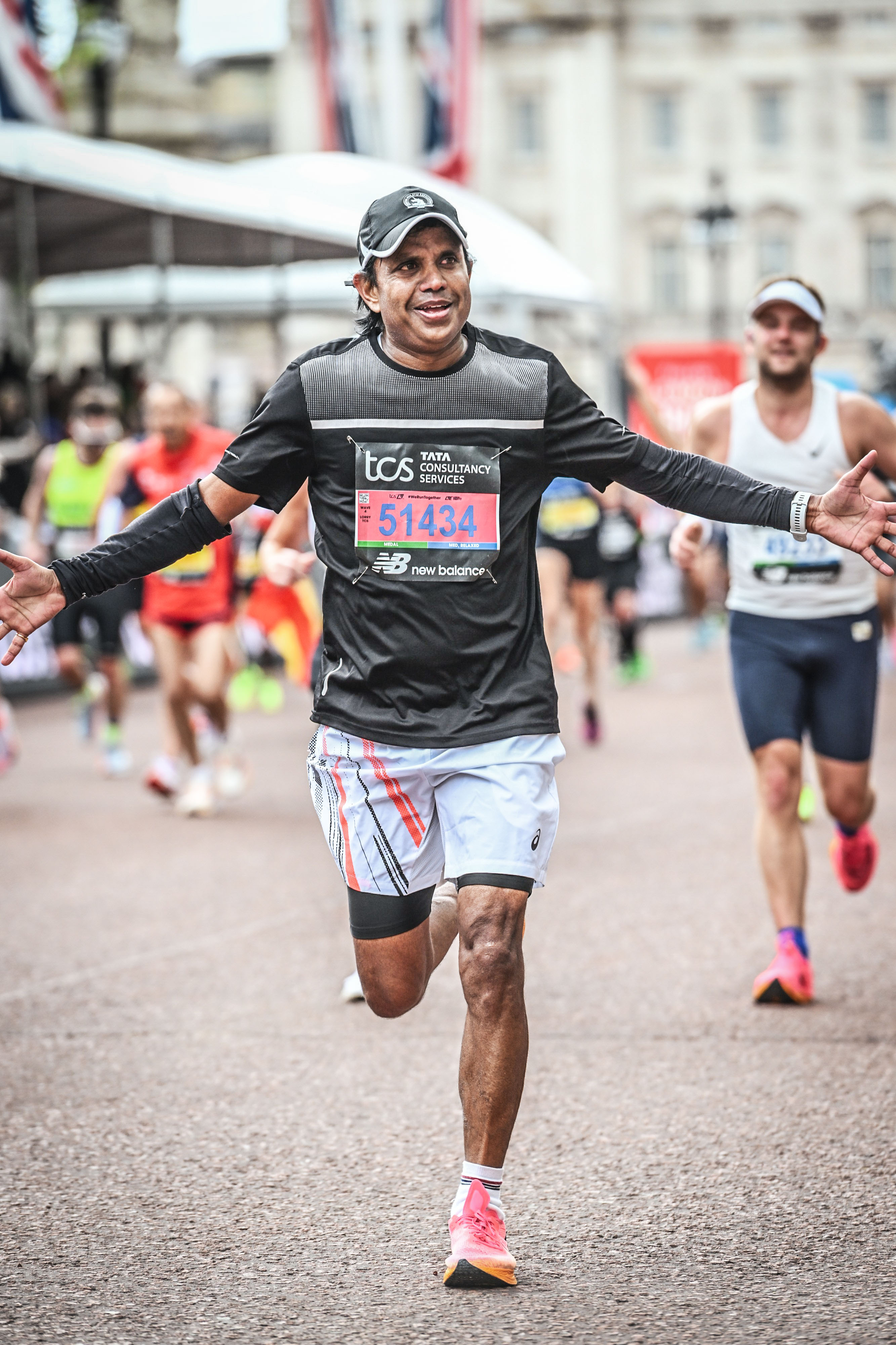
Murthy RK has taken part in all the world’s most important marathons
Marathon calling
Having run distances ranging from 3000 meters to 350 kilometres, Murthy has set official records for running more than 50 marathons, 75 half marathons, and 100 plus five to ten-kilometre. The longest distance he has run is 350 kilometres, from Bangalore to Subramanya Temple in Mangalore, accomplished over five days. Interestingly, he has also represented India in the Asian & World Masters Athletics Championships. The Asian master’s is like other Track & Field events but is designed for athletes above 35 years of age. Regular focused training is must for any races and must for such international races. The competition is as intense as any Asian championship, with participants from across the continent.
“When I last competed in Malaysia, I secured fourth place in the 10,000-meter race, overtaking several participants from Japan, China, Malaysia, Singapore, Indonesia, Sri Lanka, and other countries. Finishing in top 10 is not at all easy and it’s a very happy feeling. My advantage lay in my competitiveness and years of practice. I consistently logged 65-75 kilometres weekly, honing my skills.” This dedication paid off during competitive events, and he has won more than 25-30 races over the last few years in my age group across India. “I qualified for the Masters Athletic Championship, designed for athletes over 35 years old.” This is no easy feat, and the competition, which is intense, even includes former Olympians and World Championship athletes. “I also had the honour of representing India at the Asian Masters in Kuching, Malaysia, and the World Masters in Malaga, Spain,” he says.
How to keep going
Having been part of World Major Marathons he says that staying prepared has been key from the start. His journey began with running distances of 21–42 kilometres, exploring trails across India and internationally, often combining these events with family vacations. “I discovered the circuit of the six World Major Marathons: Berlin, Boston, Chicago, London, New York, and Tokyo. Participants who complete all six marathons receive a special medal combining all six. So far, fewer than 200 Indians have achieved this feat. I have completed five, with only the Tokyo marathon remaining,” he says.
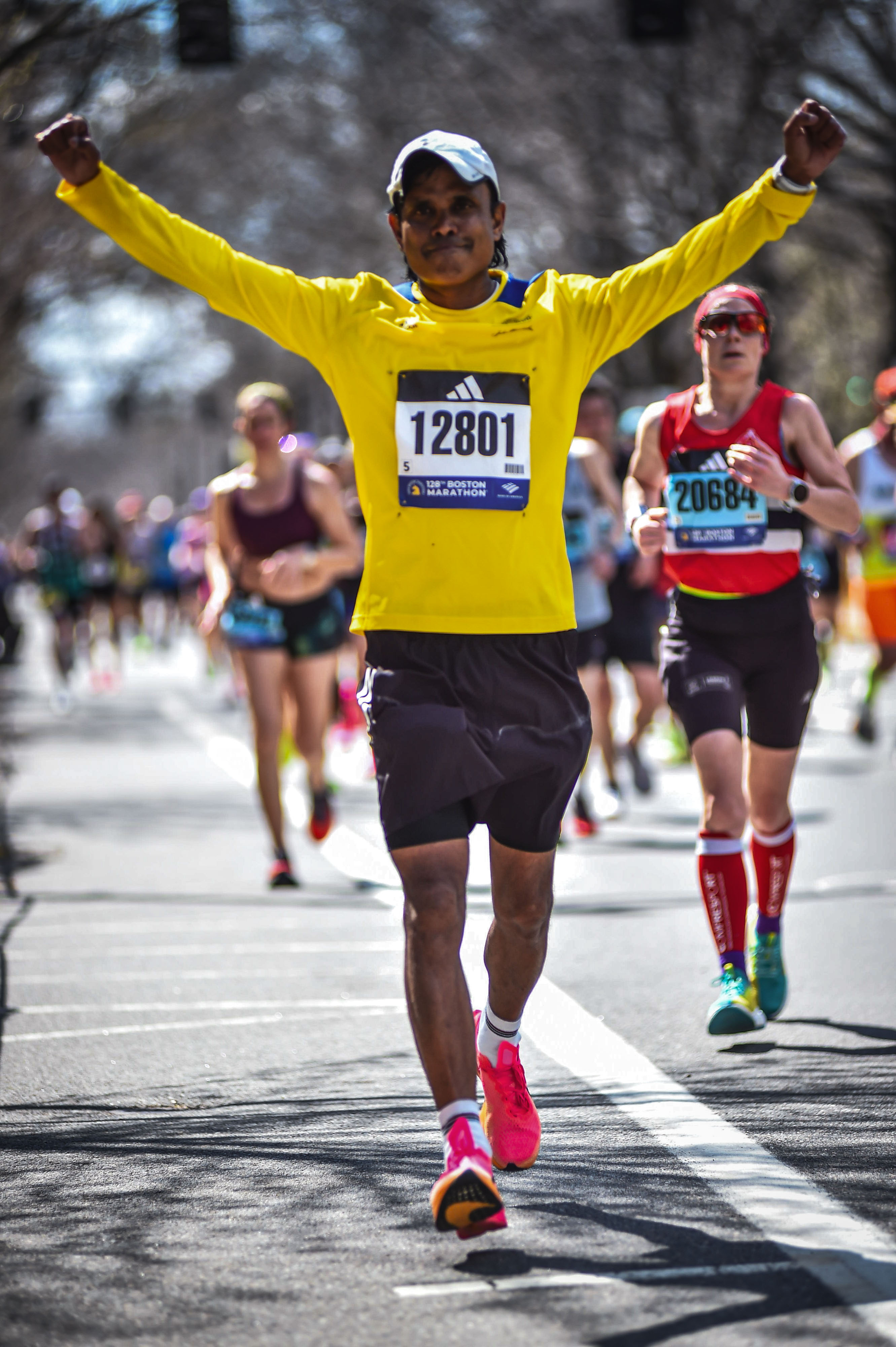
At the Boston Marathon
Each of the six marathons is unique, which earns them worldwide popularity. When he ran Boston in April 2024, there were over 30,000 plus participants; in London, there were 57,000 plus. Berlin and Chicago are known for their fast and flat courses, making them ideal for setting personal bests. In contrast, Boston and New York are considered the toughest due to their rolling hill courses. London is renowned for its large crowds, and Tokyo for its cleanliness and organization.
“Preparation and planning for each marathon vary based on the terrain and personal goals. Qualifying for these races, along with registration, hotel bookings, flights, and visa arrangements, can take nearly a year. Beyond the logistical planning, training involves balancing running with health, associated injuries, while addressing the call of duty – work, family, etc. Ultimately, the feeling of completing these races is indescribable and must be experienced to be truly understood,” he adds.
Fitness Cues
Training for a marathon is one of the most demanding aspects of the preparation. Covering 26 miles (42 kilometres) of continuous running is not for the faint-hearted. It typically takes me around three and a half hours to complete; for some, it may take 5-6 hours. “Consistent, daily training is essential. Despite having a solid training plan or a coach, race day can bring unexpected challenges that test both mental and physical coordination. You can plan and strategize for the distance, but once you are on the course, things may not always go as expected. Your body’s response can vary, and unforeseen issues can arise. For example, during my Boston Marathon I had to walk nearly half the distance due to severe muscle cramps, struggling to drag my feet to the finish line,” he says.
Discipline First
Discipline is crucial for marathon running, and for him the 3Cs – consistency, commitment, and continuity are essential. “Over the past 20 years, I’ve maintained a routine of waking up around 4:30 AM every day. I train for at least two hours on weekdays and over four hours on weekends. On Saturdays, I run 30-35 km, a distance some might not even drive. In addition to running, focusing on core strength and flexibility is important. Maintaining body weight requires mindful eating habits. I avoid coffee, tea, and carbonated drinks, indulge in sweets only occasionally, and abstain from alcohol and smoking. While some friends joke about my strict regimen, the discipline and results make it worthwhile,” he says.
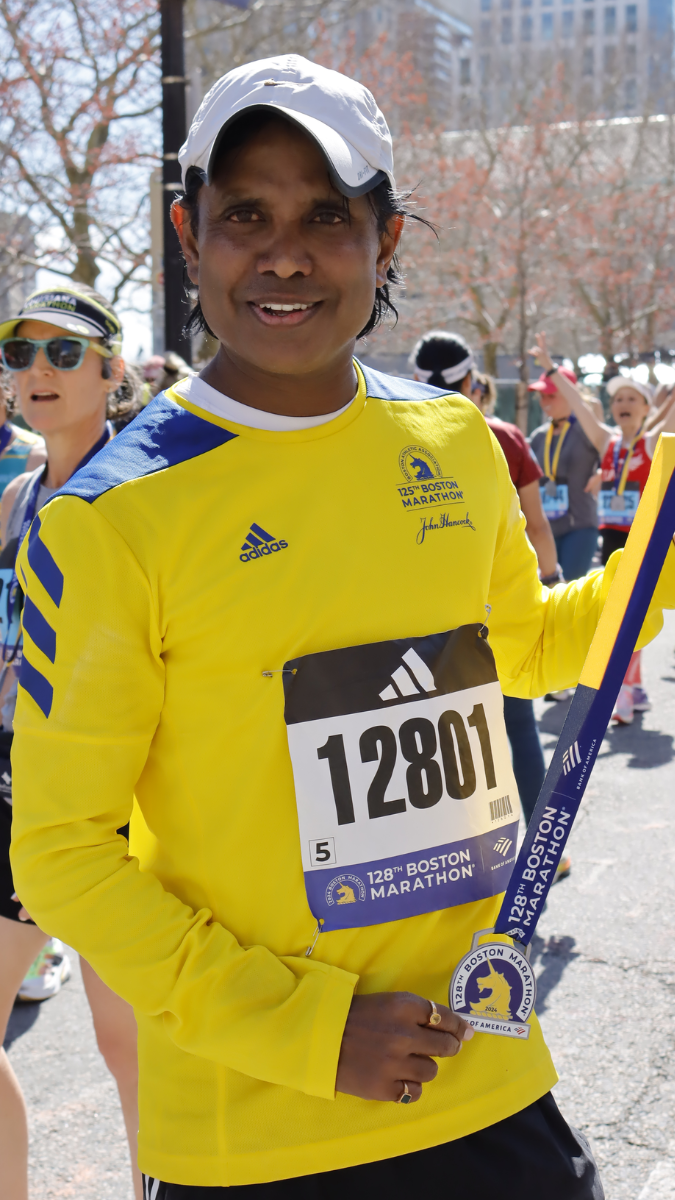
Stay Focused
Murthy believes in dedicating 10,000 hours to achieve mastery in any field. With a clear goal and strong commitment, he believes you can overcome any obstacle. “My advice to aspiring runners is to commit fully, set achievable goals, join a supportive group, work with a coach, start gradually, and aim for incremental milestones. Running is physically demanding, and injuries are common, so it is crucial to know your limits and avoid overexertion. Commitment remains essential to overcoming challenges,” he says.
For someone who has gained valuable insights from distance running, he believes that running parallels life, a marathon, not a sprint. Enduring aches and pains to complete a 42-kilometer race mirrors the challenges of life’s journey. “Your condition at the start differs from when you finish. Despite the hardships, the sense of accomplishment upon crossing the finish line and earning a medal inspires you to plan your next race. Running is about taking one step after another, allowing time to reflect on work, family, and solutions to problems. It fosters discipline, commitment, and consistency,” he says. Murthy is clear that he is always preparing for his next run. “My mind is always focused on planning the distance to cover and the timing for achieving it. I am eagerly anticipating my participation in the World Masters Athletics Championship in Gothenburg, Sweden, in August 2024, marking my second appearance, and the Tokyo Marathon in March 2025 to complete my six stars in the World Major Marathons,” he says. Amen to that.
Follow Murthy RK on Instagram.

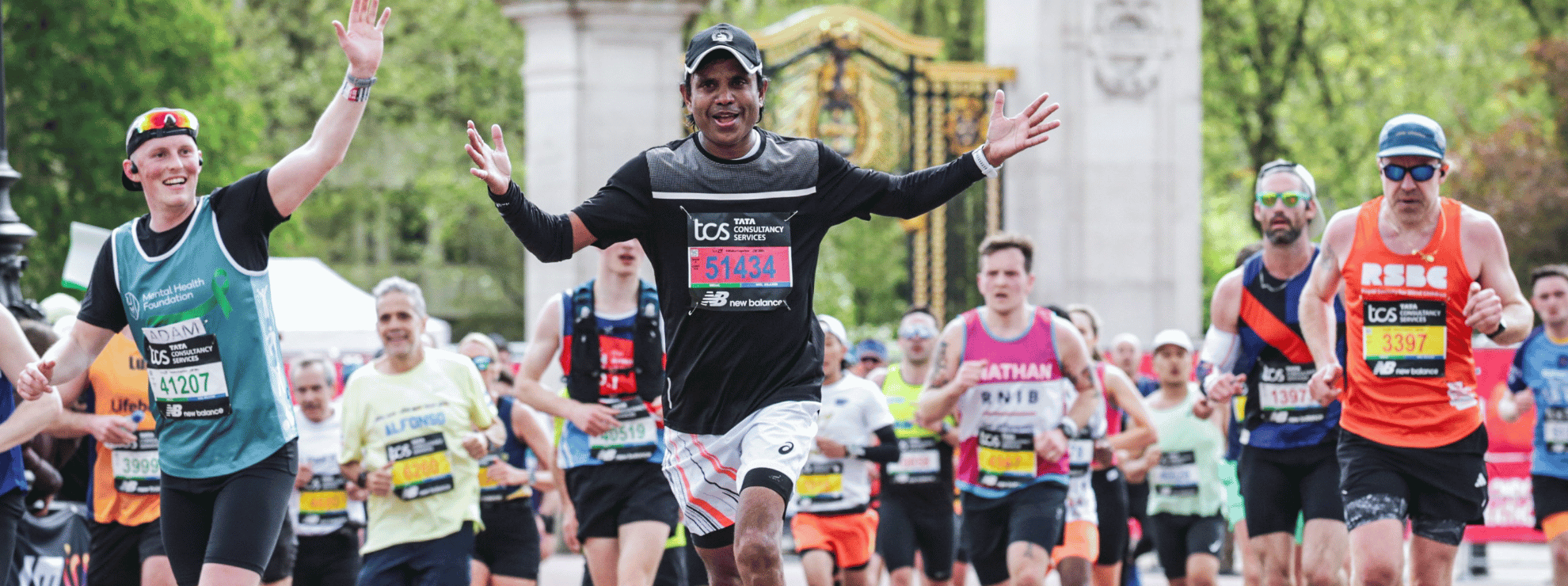

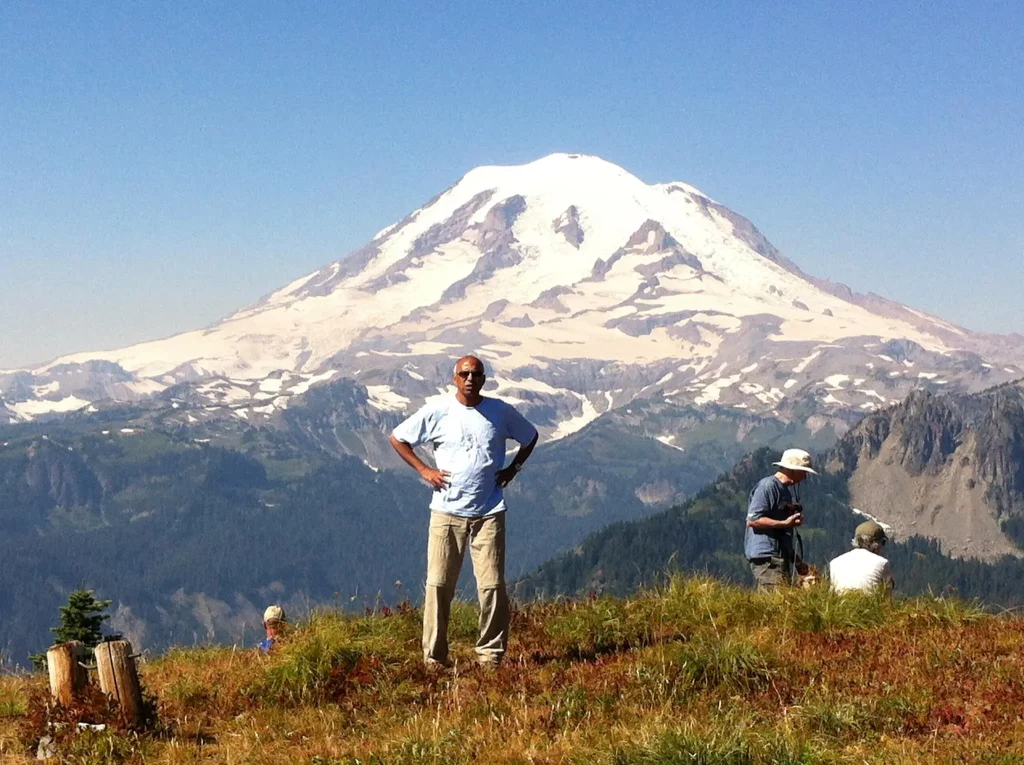

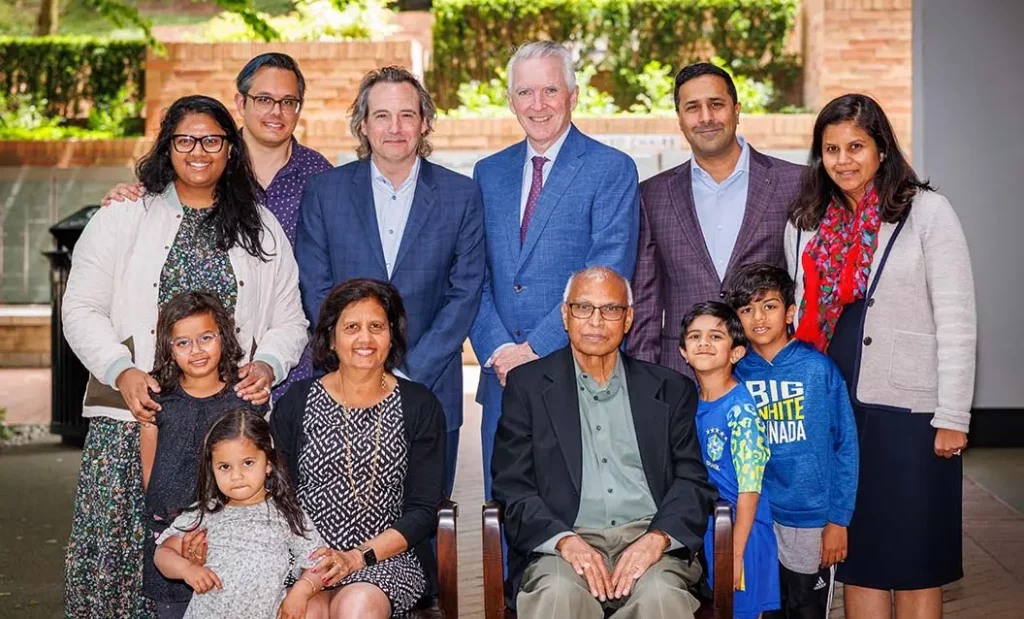 Dr. McGarry Houghton, recipient of the inaugural Satya and Rao Remala Family Endowed Chair with Fred Hutch Cancer Centre President and Director Dr. Tom Lynch, Jr., and the Remala family | Photo Credit: Fred Hutch News Service[/caption]
Dr. McGarry Houghton, recipient of the inaugural Satya and Rao Remala Family Endowed Chair with Fred Hutch Cancer Centre President and Director Dr. Tom Lynch, Jr., and the Remala family | Photo Credit: Fred Hutch News Service[/caption]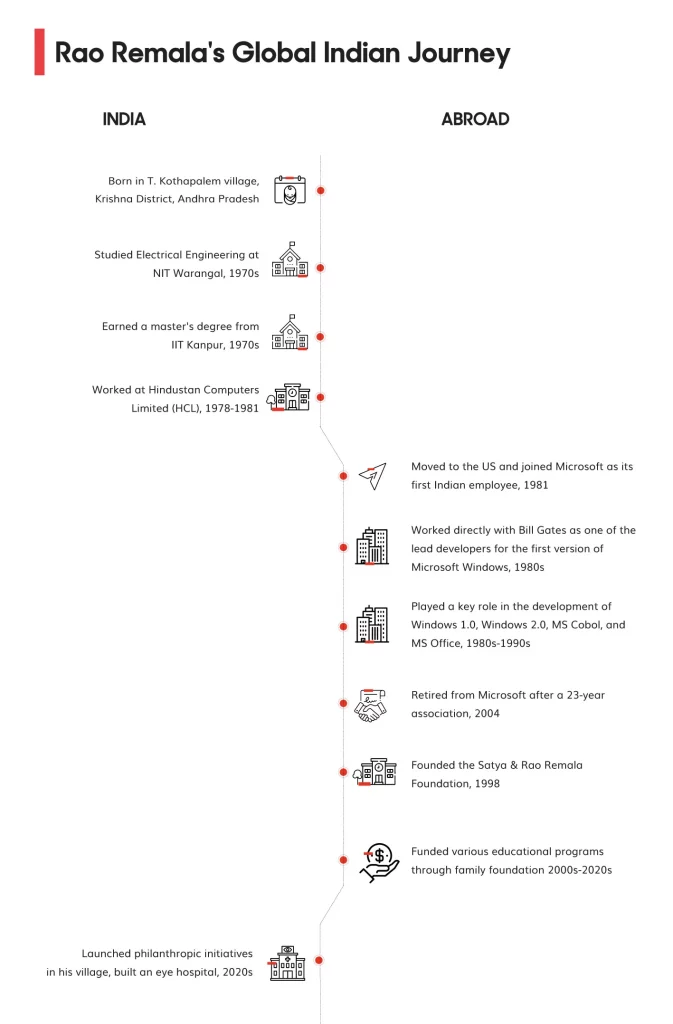
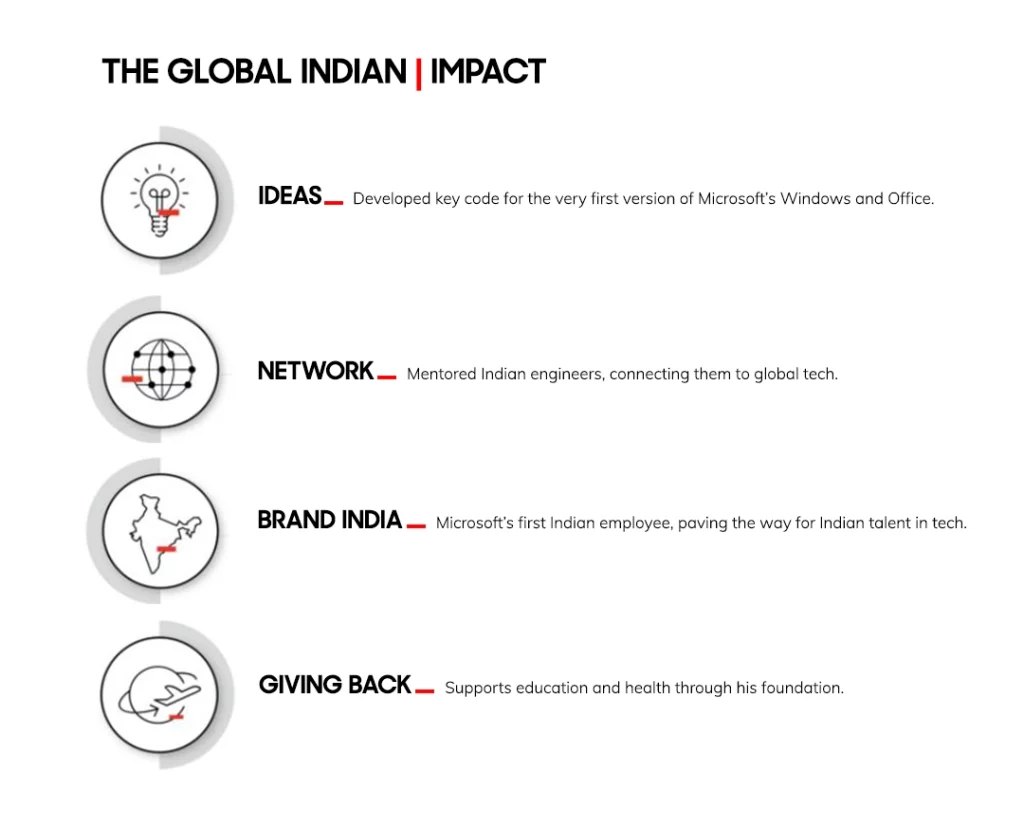

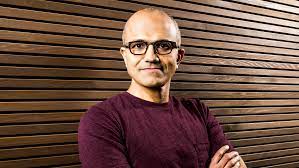 Satya Nadella, CEO, Microsoft[/caption]
Satya Nadella, CEO, Microsoft[/caption]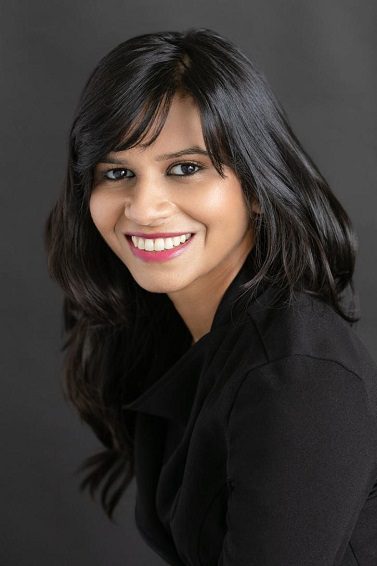 Suruchi Gupta, CEO, Giant Protocol[/caption]
Suruchi Gupta, CEO, Giant Protocol[/caption]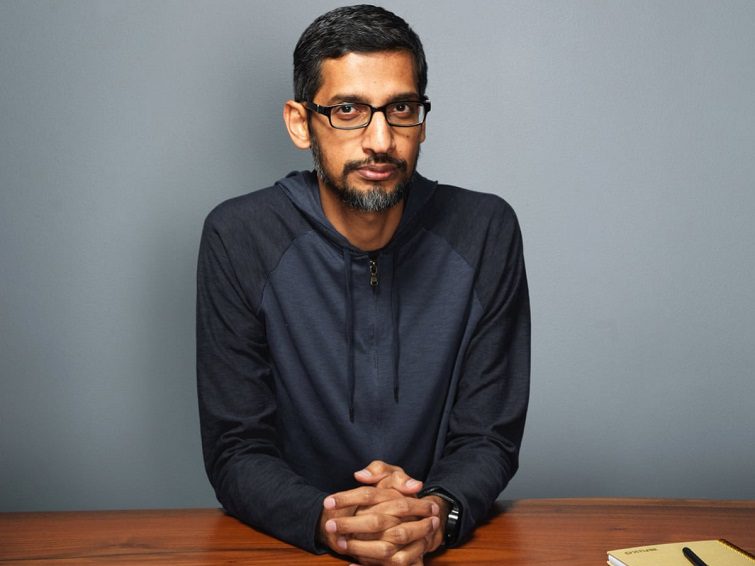 Sundar Pichai, CEO, Alphabet[/caption]
Sundar Pichai, CEO, Alphabet[/caption]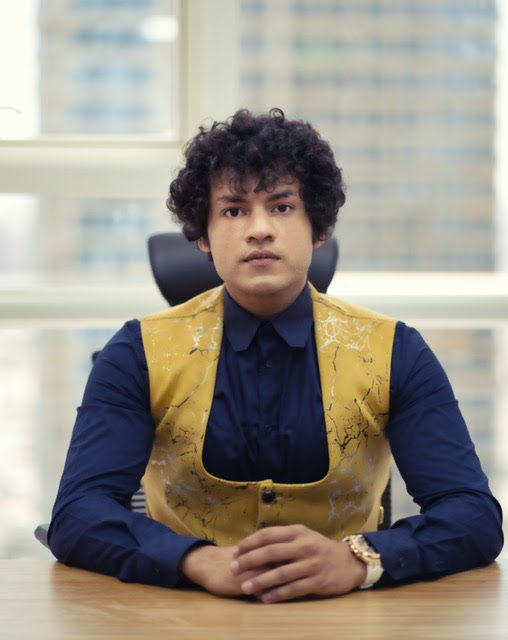 Abhay Aggarwal, CEO, Colexion[/caption]
Abhay Aggarwal, CEO, Colexion[/caption]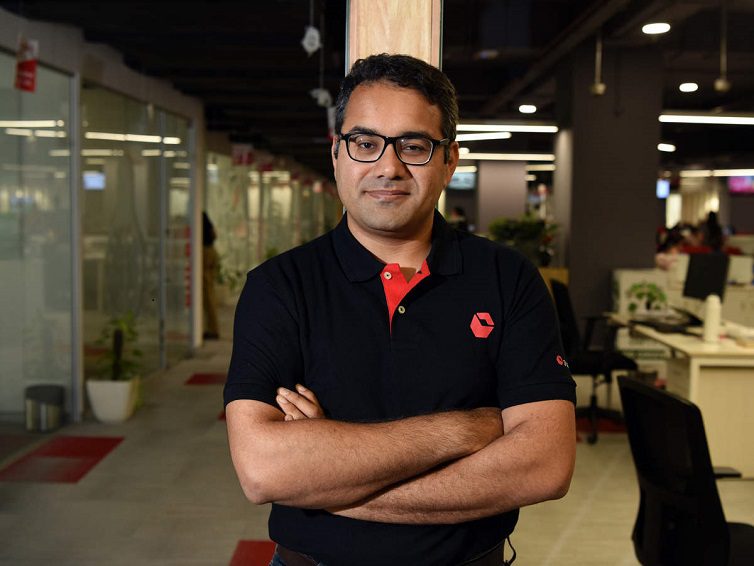 Kunal Bahl, CEO, Snapdeal[/caption]
Kunal Bahl, CEO, Snapdeal[/caption]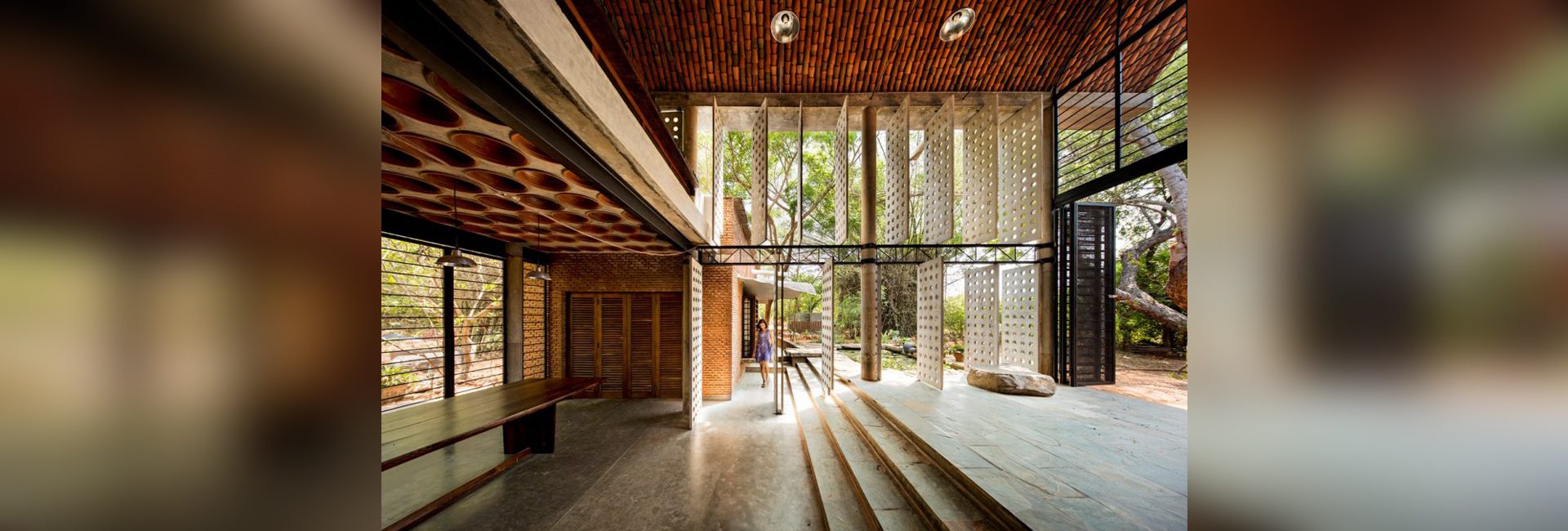
 Wall House at the Arsenale, Venice Architecture Biennale 2012. Photo:
Wall House at the Arsenale, Venice Architecture Biennale 2012. Photo: 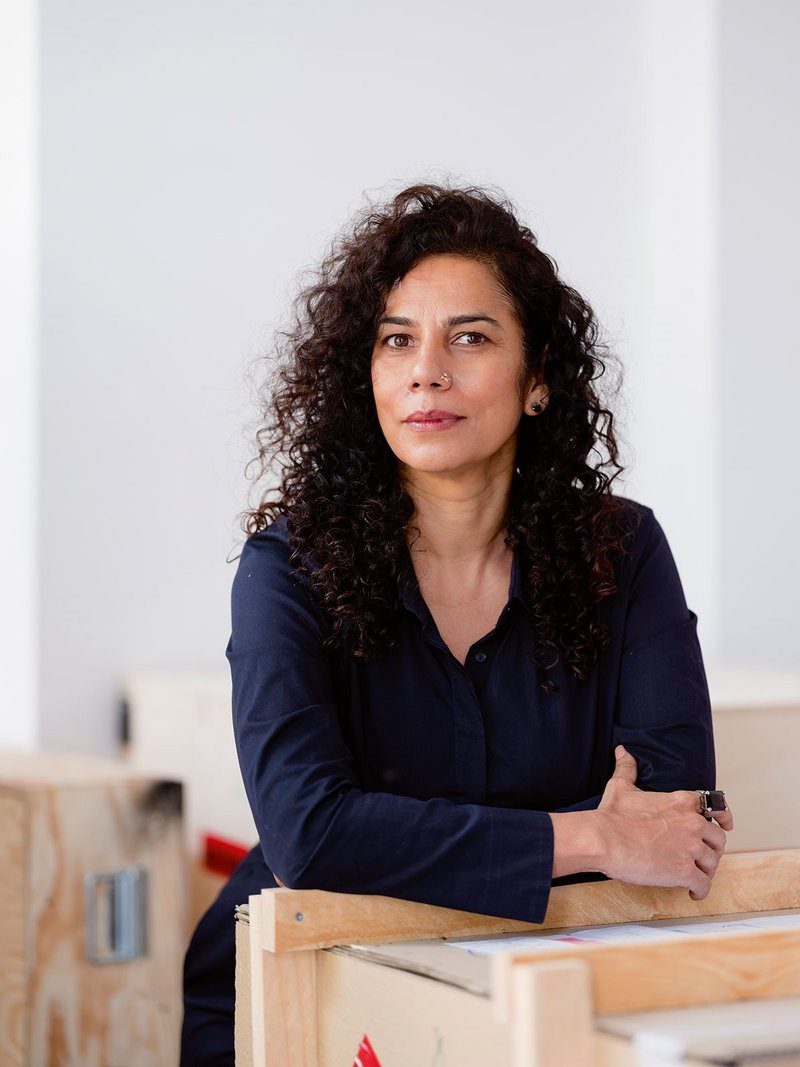 Anupama Kundoo (Photo by Thomas Meyer)[/caption]
Anupama Kundoo (Photo by Thomas Meyer)[/caption]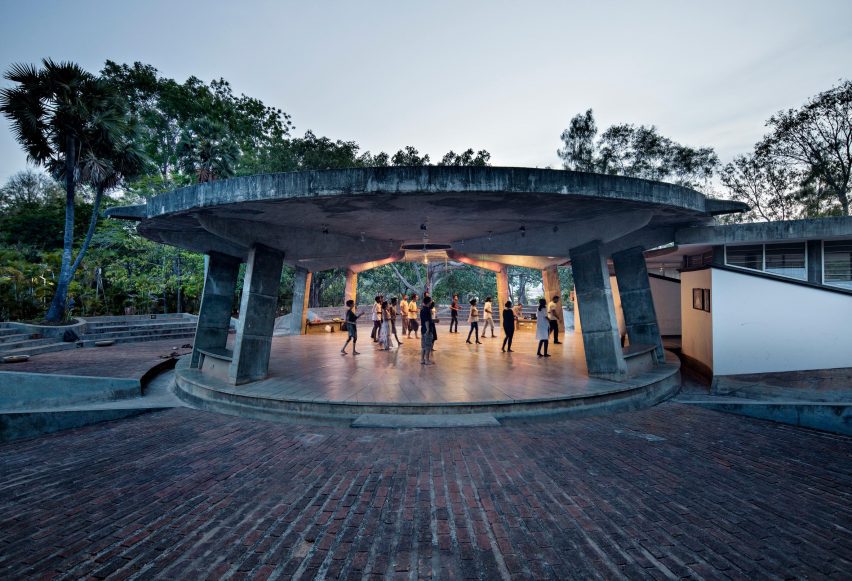 Multi-Purpose Hall, Sri Aurobindo World Centre for Human Unity[/caption]
Multi-Purpose Hall, Sri Aurobindo World Centre for Human Unity[/caption]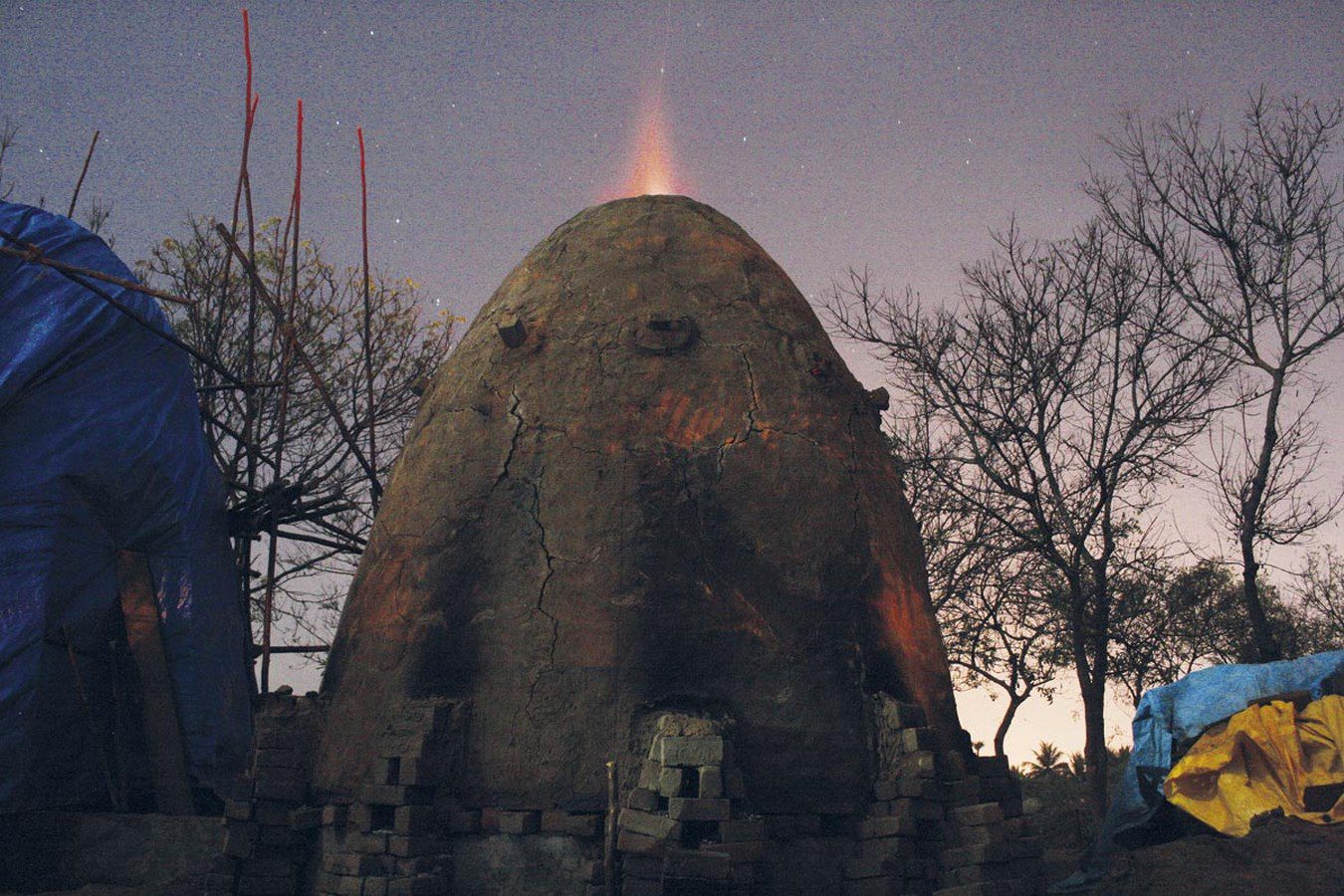 Volontariat Home for Homeless Children: Baking a mud house in-situ after constructing it.[/caption]
Volontariat Home for Homeless Children: Baking a mud house in-situ after constructing it.[/caption]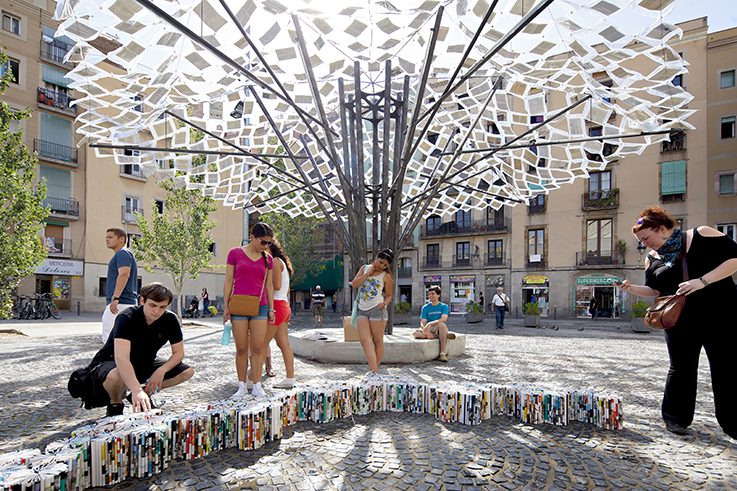 Unbound, The Library of Lost books at the Plaça de Salvador Segui, Barcelona. An installation by Anupama Kundoo, photo by
Unbound, The Library of Lost books at the Plaça de Salvador Segui, Barcelona. An installation by Anupama Kundoo, photo by 
 Akhil after securing the double podium finish in the season opening round of the GT4 European Series, 2022[/caption]
Akhil after securing the double podium finish in the season opening round of the GT4 European Series, 2022[/caption]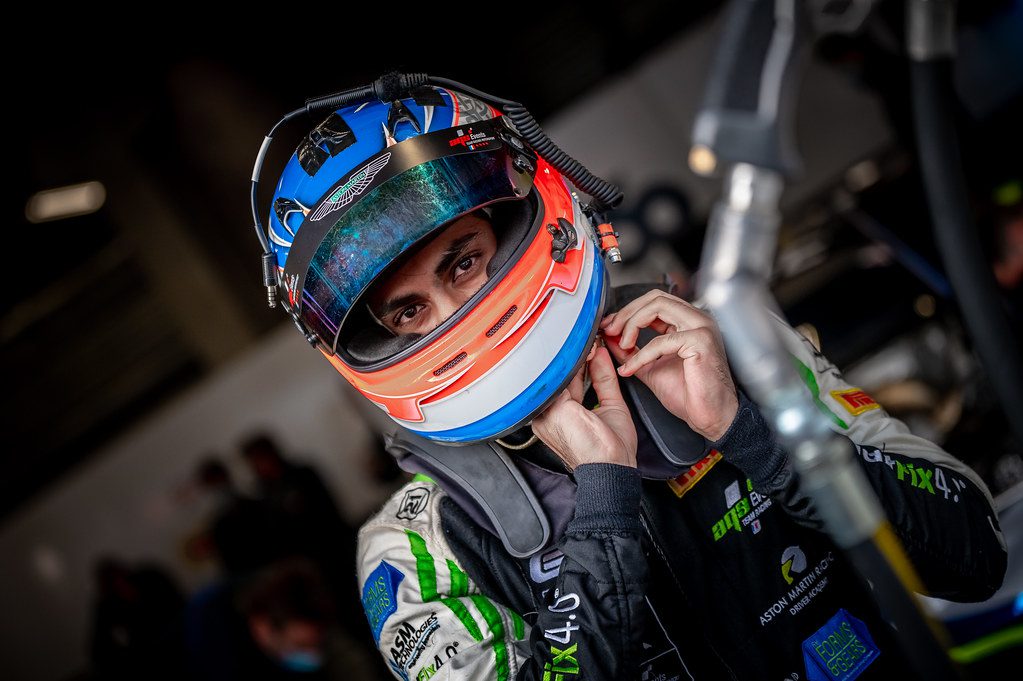
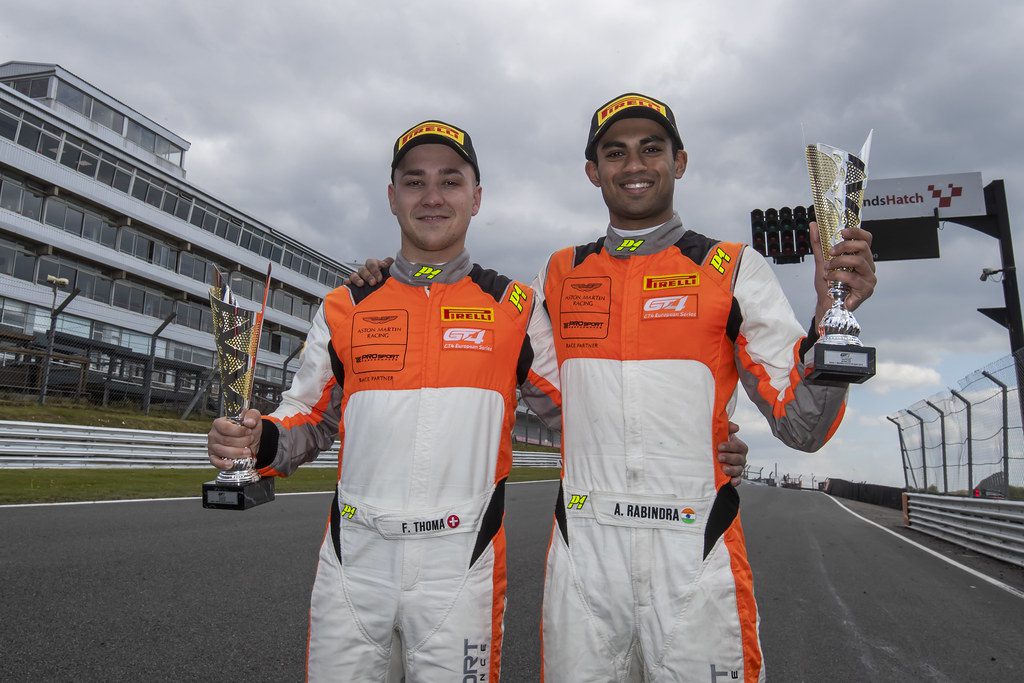

 Russell Peters is an Indo-Canadian comedian.[/caption]
Russell Peters is an Indo-Canadian comedian.[/caption]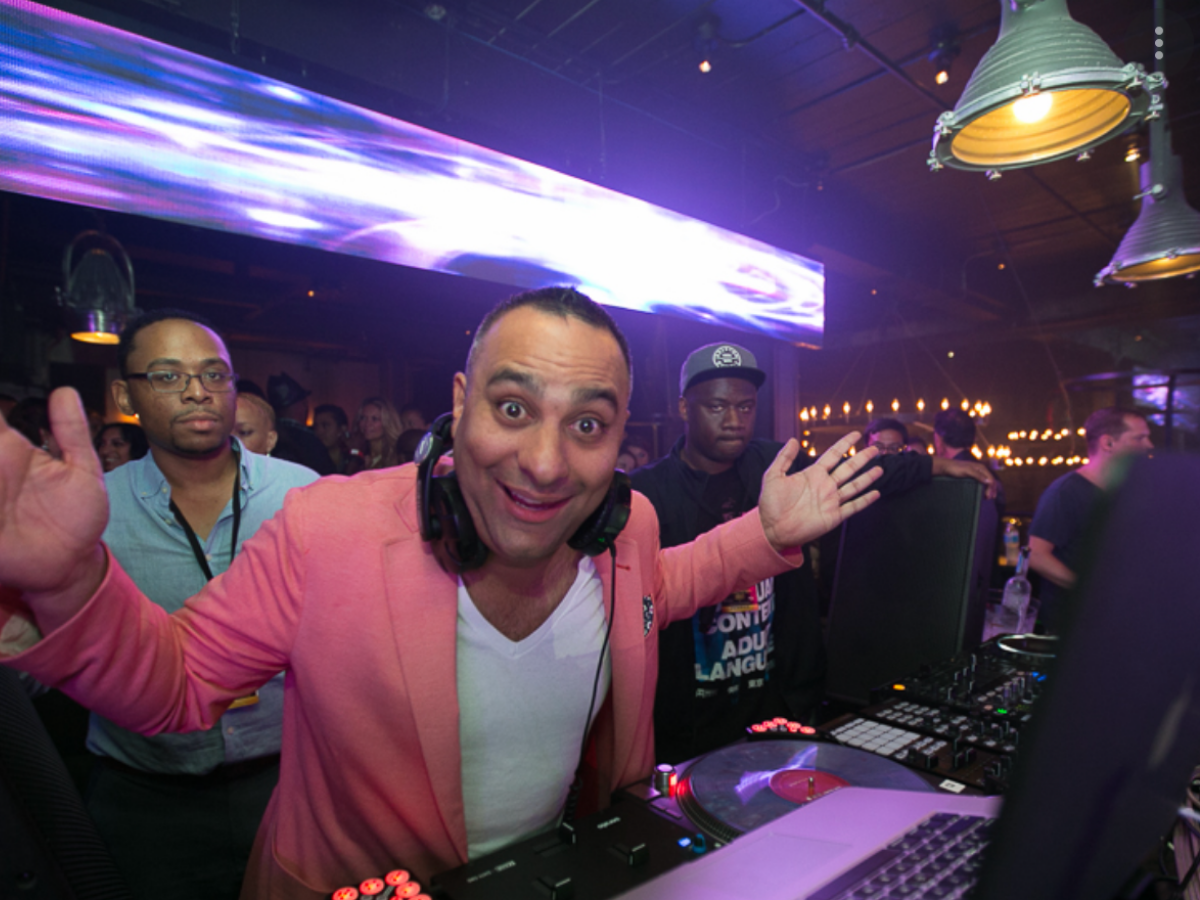
Top class MRK! Fortunate to have you as my fitness & running coach 🙏🙏🙏.